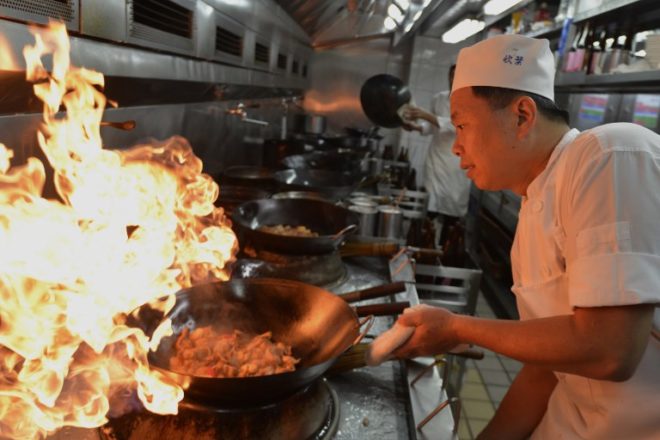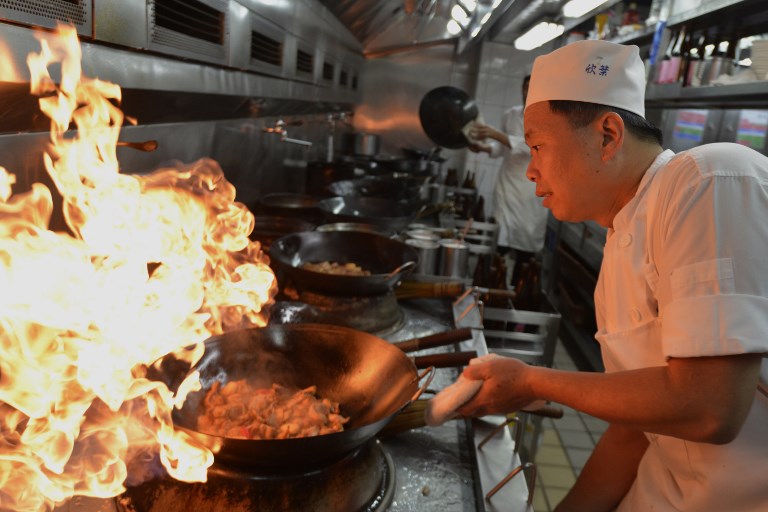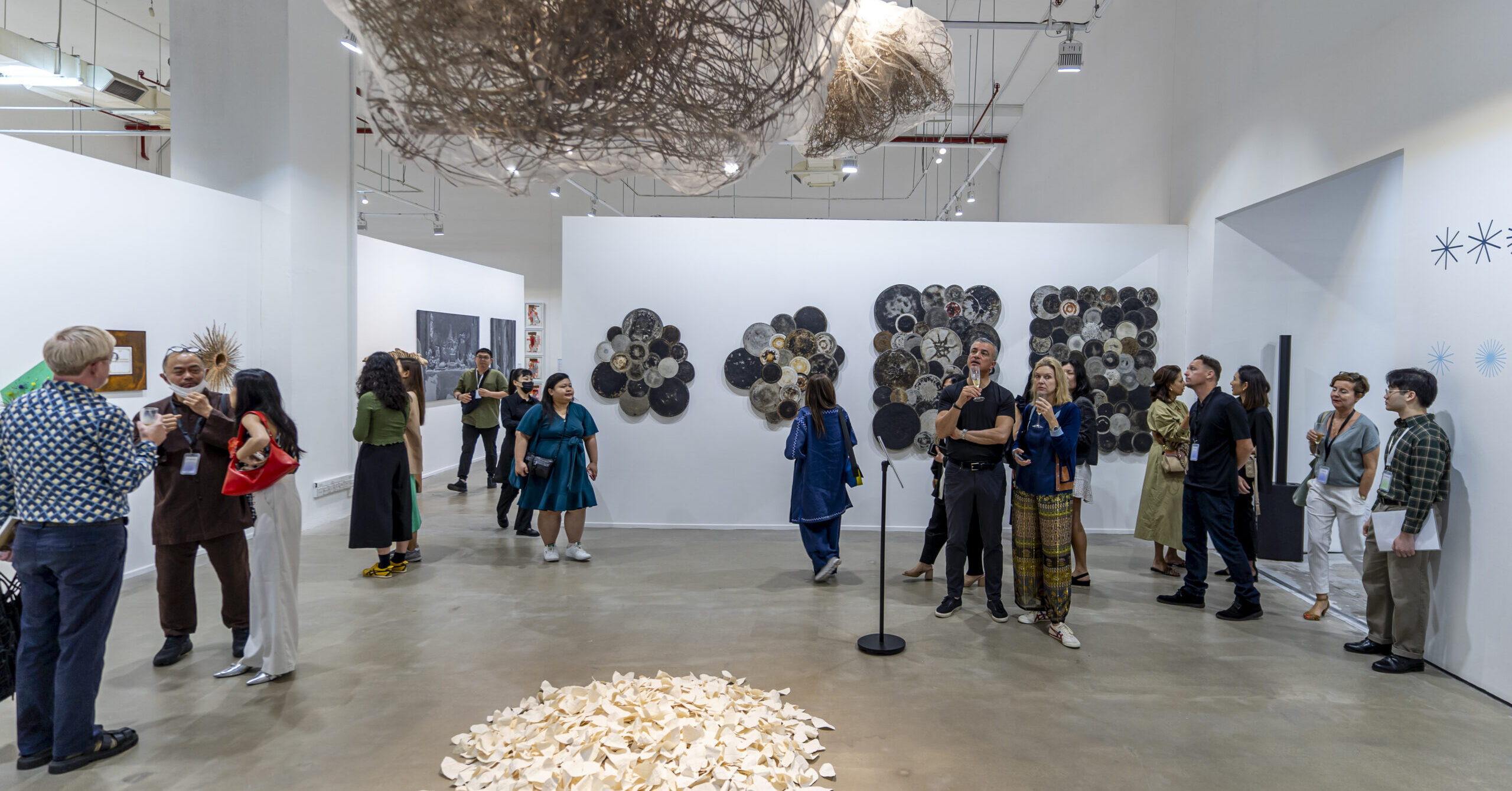
From streetside stalls dishing out one dollar bowls of braised pork rice to upscale eateries tucked away in quiet alleyways, Michelin inspectors are scouring the Taiwanese capital selecting restaurants for its first ever guide.
The island’s reputation among in-the-know travellers as a foodie paradise will be further burnished when Taipei becomes the latest Asian city to have its own Michelin guide in the first quarter of 2018.
Best-known for its vibrant night markets and fresh local ingredients, Michelin says the city’s street food could well make the grade alongside higher end restaurants, as it has in the Hong Kong and Singapore editions.
“You don’t need to be in a wonderful place to have extreme quality of ingredients and to have a real personalities of the chef,” Michelin spokesman Bruno de Feraudy told AFP.
“Exceptional for us is what’s happening on the plate and purely on the plate.”
Traditionally seen as a posh gourmet compass, budget eats are increasingly recognised by Michelin and have used the prestigious award to build big businesses.
Hong Kong’s Tim Ho Wan went from hole-in-the-wall to successful chain while a Singapore hawker awarded a Michelin star last year has grown his soy sauce chicken stall into a franchise.
Taiwanese foodies are speculating that Jinfeng — a no-frills corner joint serving Tw$30 ($1) bowls of rice topped with braised minced fatty pork, called “lu rou fan” — could make the cut.
But shop manager Wu Su-yan says she is indifferent and the long queues of tourists and locals speak for themselves.
“Having customers is confirmation enough. We don’t need it to be written on a piece of paper to know our lu rou fan is good,” she said.
Small beginnings
Shin Yeh’s five branches in Taipei are packed most nights of the week and the 40-year-old institution hopes Michelin will spotlight the types of traditional dishes it serves, which have fallen out of favour with some young Taiwanese.
Favourites such as pan-fried pork liver cost Tw$280 while dark orange slices of roasted mullet roe go for Tw$680 a portion, putting its prices well above street snacks but far below the highest end restaurants.
A thick golden omelette studded with preserved turnip is so popular that Shin Yeh’s kitchens have spots reserved just for making the dish, says brand director Cybie Fang, with new chefs taking three months to master the recipe.
Fang believes the new guide might help rebrand Taiwanese cuisine for young domestic consumers, some of whom see Shin Yeh’s menu as “too passé”.
“No matter how many restaurants get stars, I think it is a big plus for Taiwan,” she says.
But others worry about the burden winning the stars could bring.
“I will be quite ecstatic for a moment, but there will be enormous pressure for me,” says Tony Wang whose restaurant Niu Ba Ba, or “Beef Father” serves up bowls of Taiwanese staple beef noodles for an eye watering Tw$10,000.
It also offers cheaper noodles starting from Tw$500, but still manages to sell three of the expensive bowls daily on average.
Wang insists the price reflects the quality of the ingredients — he says he spent Tw$60 million and years researching different kinds of beef.
His recipe uses four types of premium meat, broth made from four kinds of tomatoes, and noodles that cost six times the average because they are kneaded from Japanese flour.
Falling stars
The Michelin guides, first published in France more than a century ago to promote automobile travel, made their first foray into Asia with a Tokyo edition in 2007.
Taiwan’s most famous chef André Chiang was awarded two Michelin stars for his Singapore restaurant André.
However, he recently announced he would close it in February and return the accolade to focus on his high-end Taipei restaurant RAW, which serves up intricate artistic versions of Taiwanese classics and has a months’ long waiting list for a table.
A set dinner there costs Tw$1850.
But Chiang says he does not want RAW listed in the new Michelin guide, characterising it instead as a training ground for young chefs.
Several French restaurateurs in the past have relinquished the distinction due to the high pressure of maintaining exacting standards.
But Michelin’s de Feraudy says the guide will not exclude a restaurant just because a chef requests it.
He explains: “If there is something exceptional (consumers) could enjoy, we should tell them.”














































